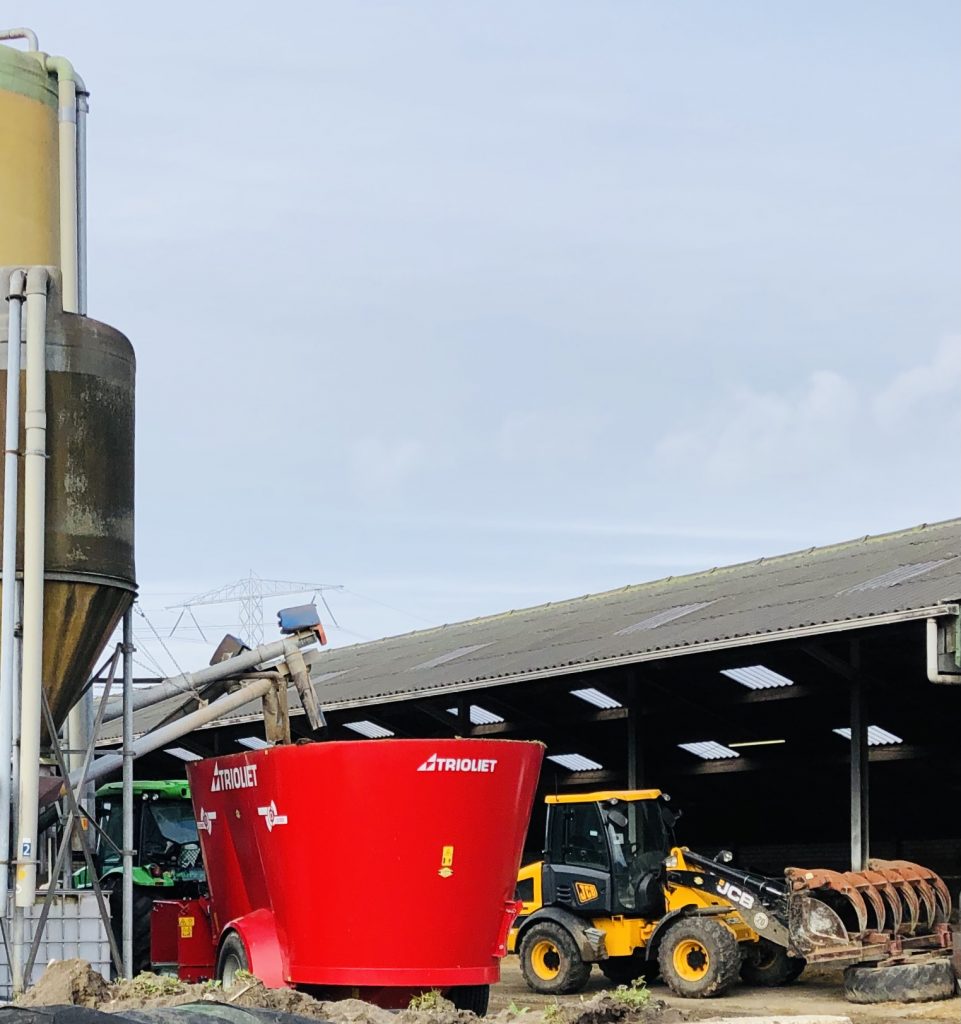There is a growing pile of evidence that the ration formulated on paper is hardly ever the same as the one fed to dairy cows.
In fact, farmers not taking the right precautions appear to miss out on a lot of income. For the average 200 cow dairy farmer the missed opportunity may be as high as €40.000 in terms of ‘Income over Feed Cost’ (IOFC) every single year.
Observing farm workers as they feed groups of cows has revealed a number of issues. Operators (like all human beings) make mistakes. But also one may follow poor mixing practices. Furthermore equipment may fail to work accurately or the dry matter content of any ingredient may slip through the season.
Feeders often times lack simple and reliable tools to adjust their feeding habits and avoid these common pitfalls. To make things worse, the errors made while mixing rations also appear to vary over time or between feeders. As a result, the total mixed ration (TMR) dropped in front of cows one day often differs from the one dropped the next day…
The fact that what gets fed isn’t consistent over time negatively affects milk yield. Specific field studies have shown that farms with greater feeding consistency also tended to have higher milk yields(1). For the sake of the discussion, imagine we would categorize all dairy farms into four categories, from lowest consistency to highest consistency of feeding. Moving a farm up by one category would result in an additional 3.2 Kg milk produced per cow per day. Since also the dry matter intake increases, the net financial result would be an additional €200 IOFC per cow per lactation, on average.
In addition to training, feeders need simple tools that help them follow the right processes and measure what gets mixed real time.
For more information, talk to our experts @MmmooOgle

(1): Sova et al, J. Dairy Sci. 2014

